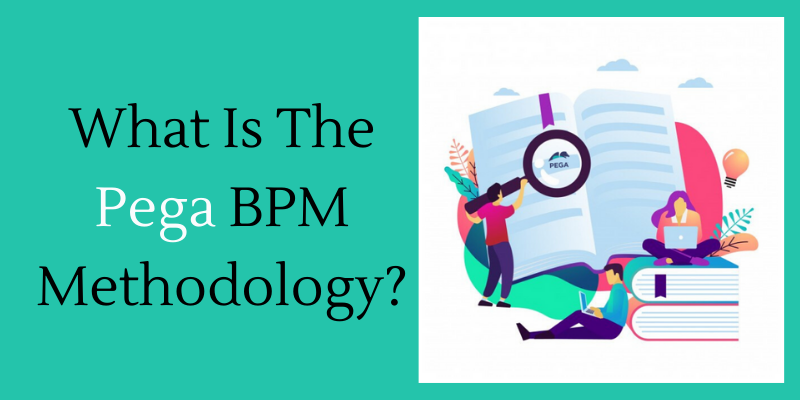
What Is The Pega BPM Methodology?
Pega is a business process management solution based on Java used to create enterprise applications. Pega simplifies the creation and management of web-based applications. Pega includes all the components required for a web-based application, such as integrating Oracle databases and other external systems. Pega even includes the best-in-class Software Configuration Management system. Compared to Java, application development in Pega requires only one-third of the effort.In this blog we have discussed what is the Pega BPM methodology, join Pega Training In Chennai at FITA Academy.
Pega’s BPM technology enables you to rapidly develop business applications that provide the outcomes and end-to-end customer experiences that your customers expect. Furthermore, PEGA accelerates mobile development by 40%, analysis and design by eight times, and changes implementation by eight times. Pega BPM can be installed on-premises or in the PEGA cloud.
Business process management (BPM) is a method of managing business processes and an organization’s processes and workflows. Business process management (BPM) aims to improve efficiency, performance, and agility in a company’s day-to-day operations. Enterprises have widely adopted BPM, and is critical for any enterprise business that wishes to compete in today’s market. BPM is used by the world’s biggest airlines, for example, to manage flight schedules and terminal operations.
In general, the BPM technique can be implemented in the following steps:
1)Analysis
A thorough investigation is performed to find and identify processes that can be built or optimized to satisfy business requirements or improve performance. This research can be used to generate specifications for a design solution.
2)Design
A process’s design includes workflows incorporating human-to-human, system-to-system, or interaction. The design should minimize errors while adhering to relevant standard operating procedures or service level agreements.
3)Modeling
Once the process design is complete, it can be modeled with varied input values to see how it behaves. Iterative design adjustments can be done if unwanted behavior is discovered. To properly model and assess processes, software tools are available.
4)Execution
A business rules engine can govern the execution of a process model.
5)Monitoring
Processes can be monitored during execution to collect reporting data for performance, faults, and compliance. Monitoring enables firms to compare performed BPM solutions to matching design models and critical KPIs. Predictive analytics software can use real-time or ad-hoc monitoring data to predict future problems.
6)Optimization
Data from the modeling and monitoring phases can be utilized to identify areas of the solution that can be improved to achieve more efficiency and value.
Thus some of the techniques involved in Pega BPM methodology are analysis, design, modeling, execution, monitoring and optimization. To know more about the Pega join Pega Online Training to learn at your own pace.
